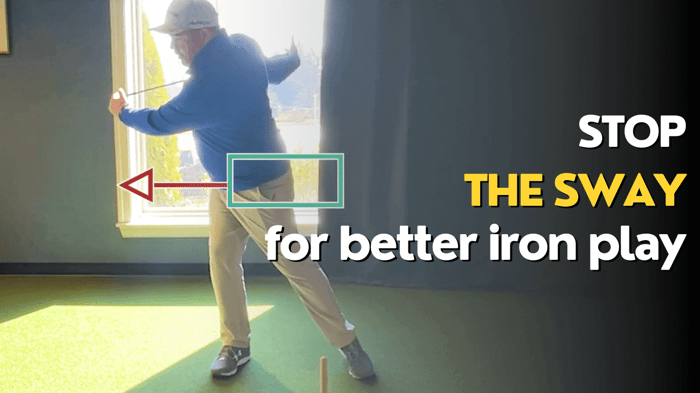One common issue golfers face is rushing the downswing, which can negatively impact both consistency and power. In this video from our Golf Swing Tips series, Coach Mike teaches you how to avoid rushing your downswing and achieve a better transition.
Understanding the Importance of a Smooth Transition
Rushing the downswing often results in a quick and disjointed transition from the top of your swing. This inconsistency can hurt your club face's contact, reducing your shot's power and accuracy. To avoid this, it's crucial to focus on a smoother transition, similar to reading musical notes (think "one, two" or "one and two").
Golf Swing Tips for a Smoother Transition
Here are some practical tips to help you achieve a smoother transition in your golf swing and improve your overall performance:
-
Focus on the "1 and 2" motion: Instead of a hurried 1-2 motion, think about your swing as a 1 and 2 motion. This means you'll go "1" to the top, "AND" in transition, and "2" at impact. This small change can significantly impact your strike consistency, transition comfort, and swing speed.
-
Start with shorter clubs: Begin practicing this new motion with a sand wedge from about 70 yards. Spend most of your practice time with shorter clubs to build comfort and familiarity. This will make it easier to transition the new motion to your full swing during a round.
-
Gradually work your way up: After getting comfortable with the new motion using your sand wedge, progress to a gap wedge, mid irons, long irons, and finally, your driver. Maintain the same "1 and 2" thought process throughout, ensuring a consistent feel across all clubs.
-
Practice consistently: Spend 15 to 20 minutes practicing with just the wedge before moving on to longer clubs. This dedicated practice time will help solidify your new swing motion and improve your overall consistency on the course.
Conclusion:
Improving your golf swing by focusing on a smoother transition can result in more power, better consistency, and increased comfort during your rounds. By following these golf swing tips and practicing the "1 and 2" motion, you'll be well on your way to unlocking your golf swing's full potential. Give these techniques a try, and watch your golf game soar to new heights!





